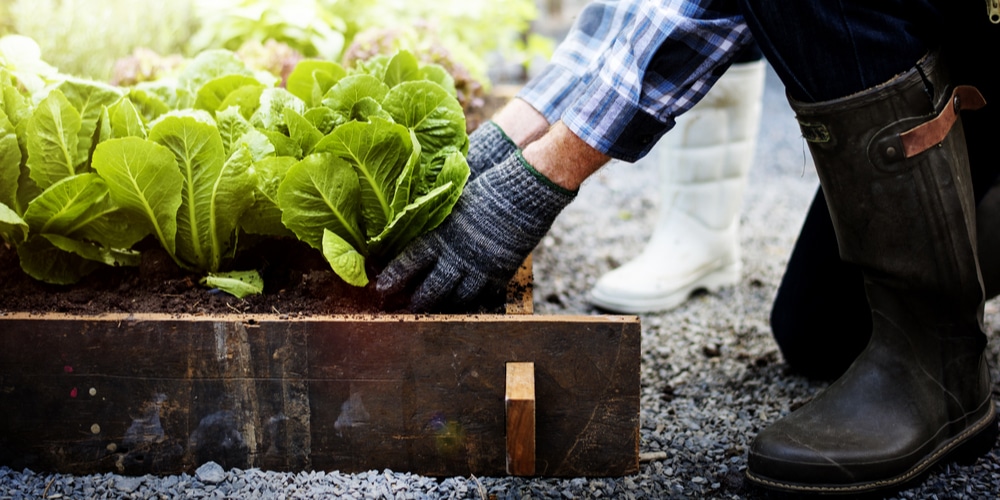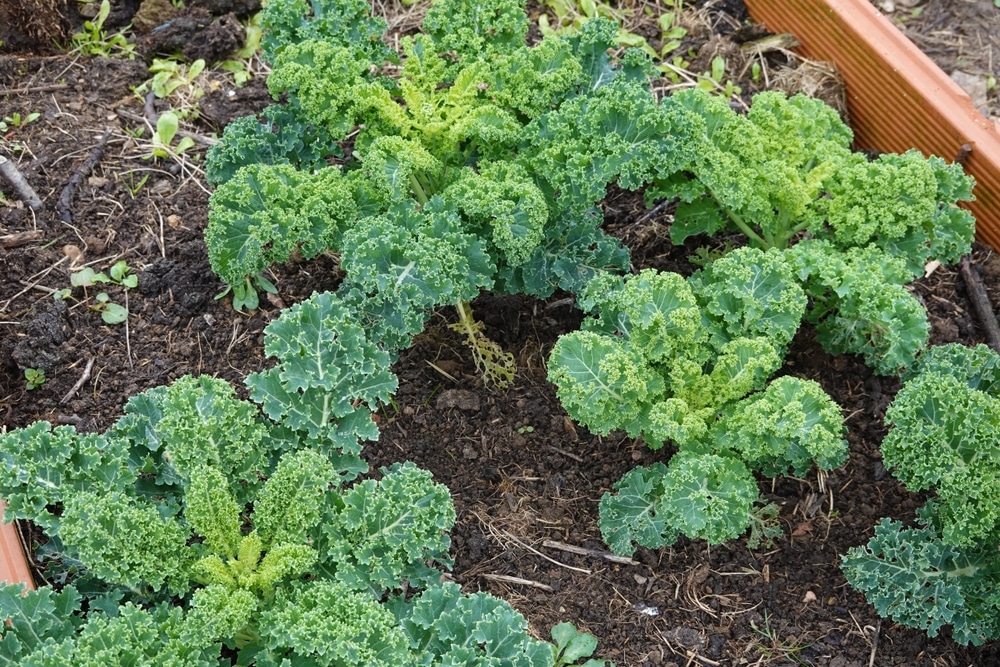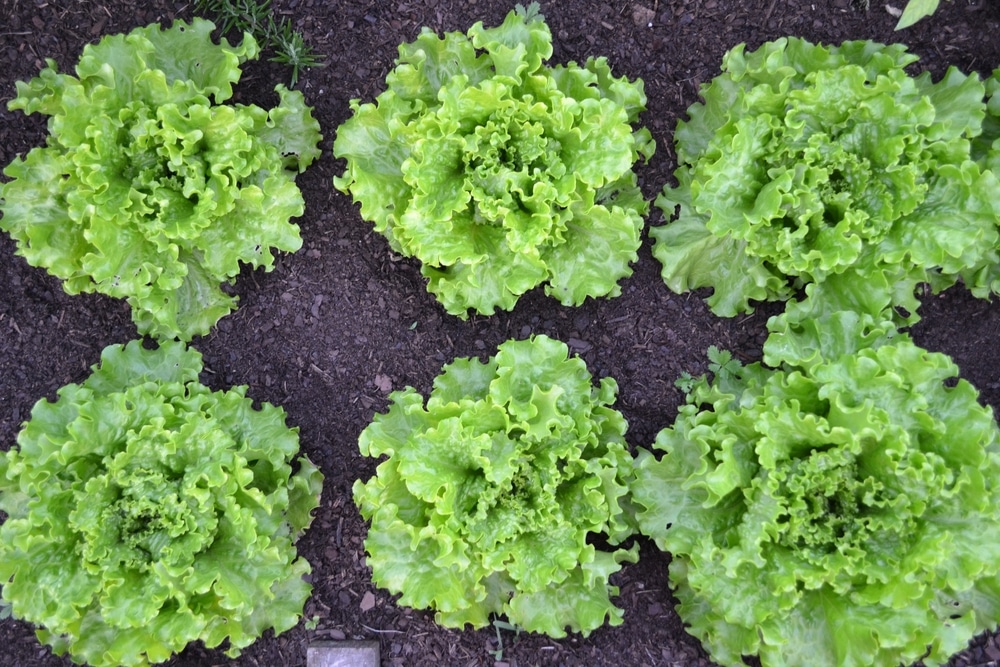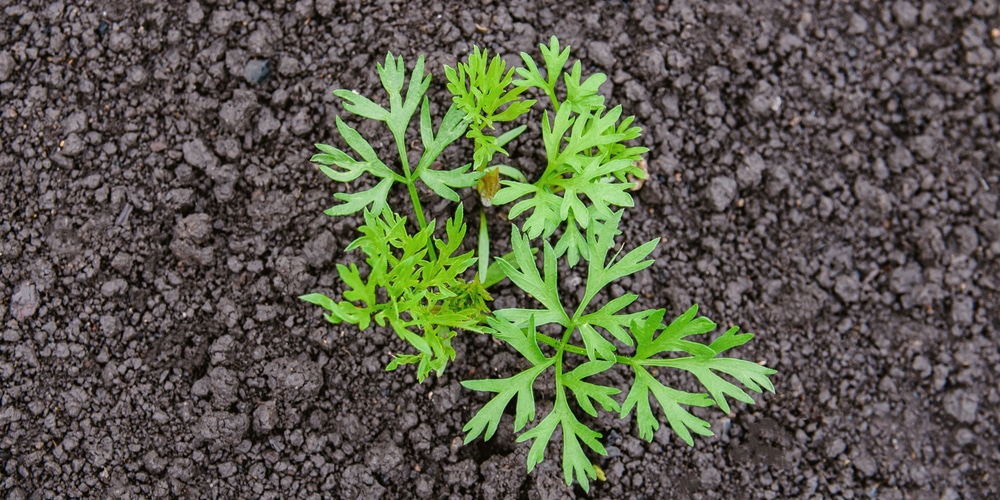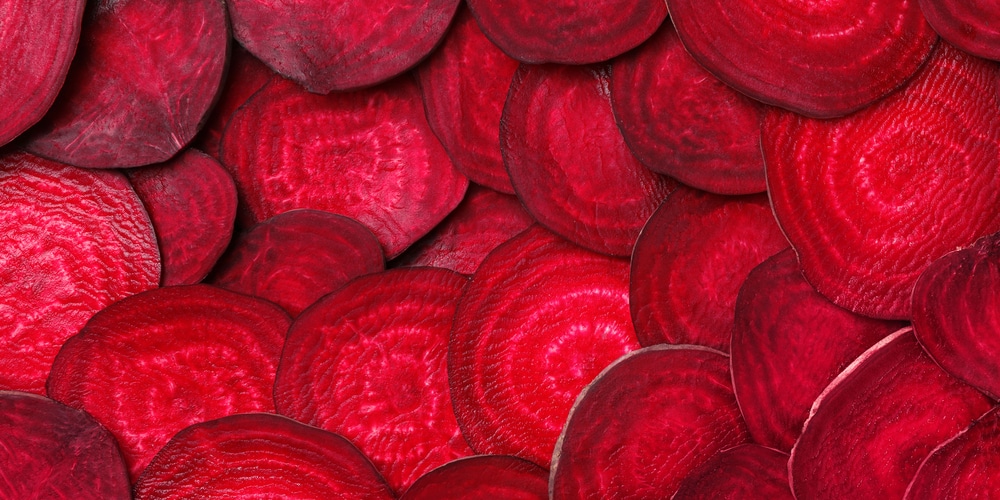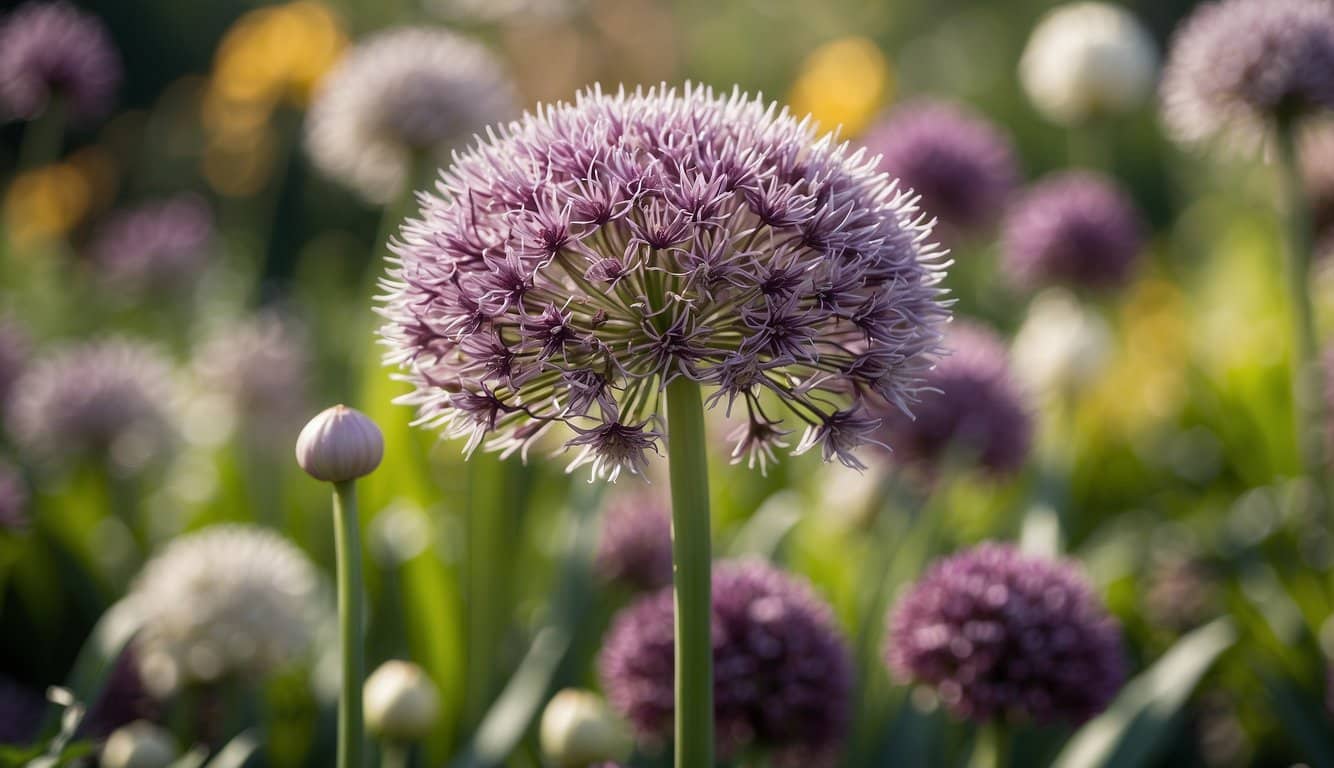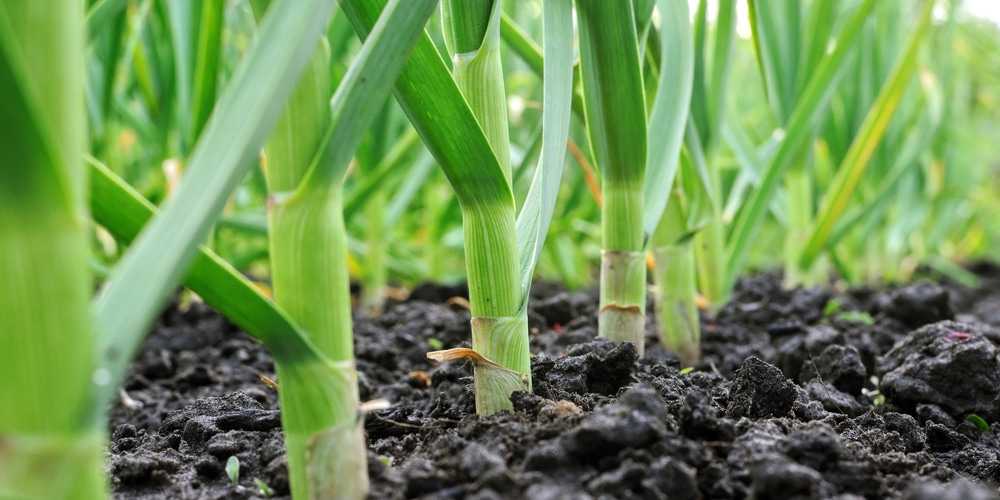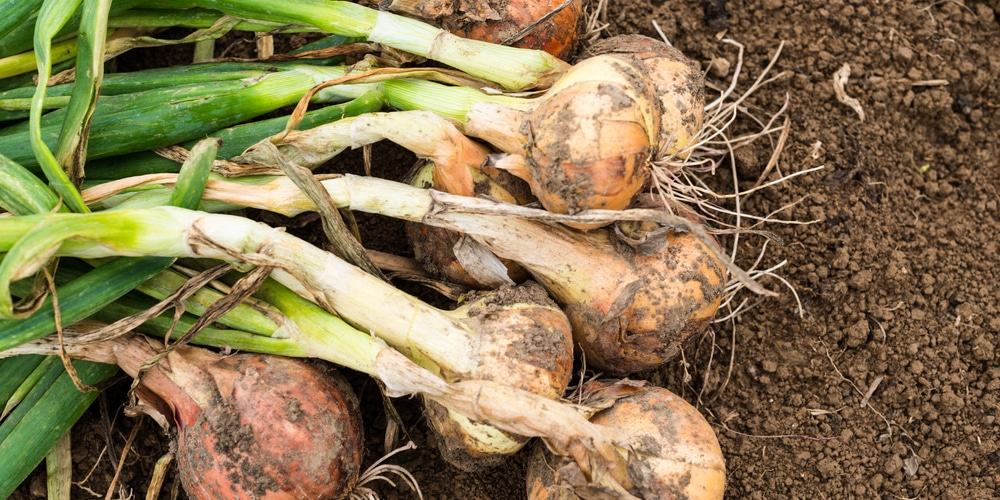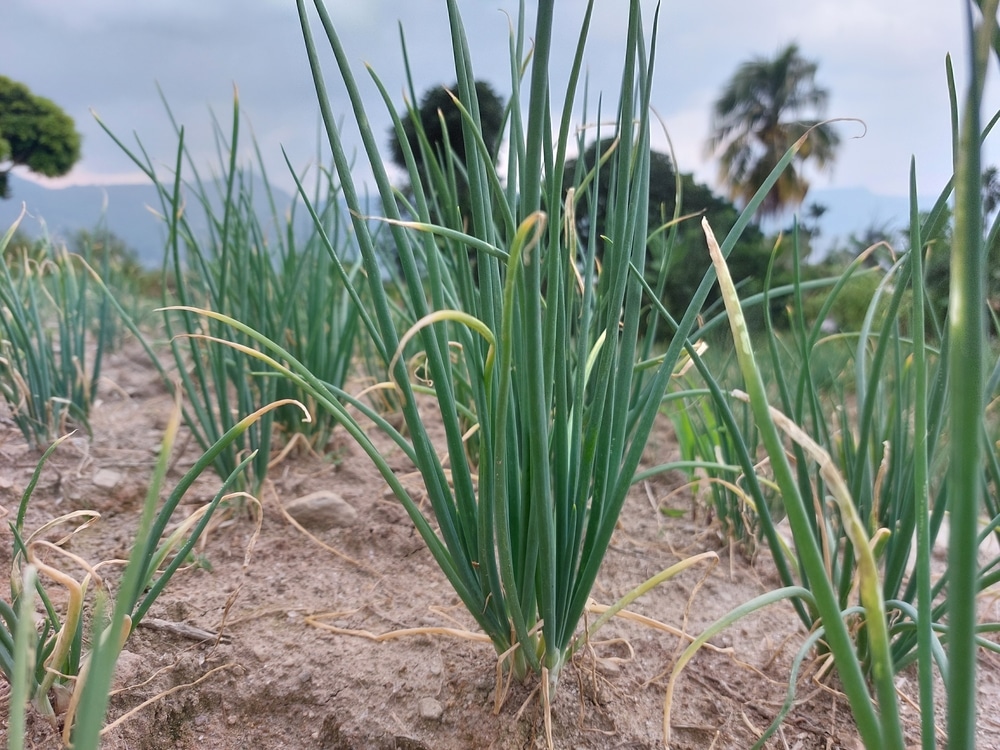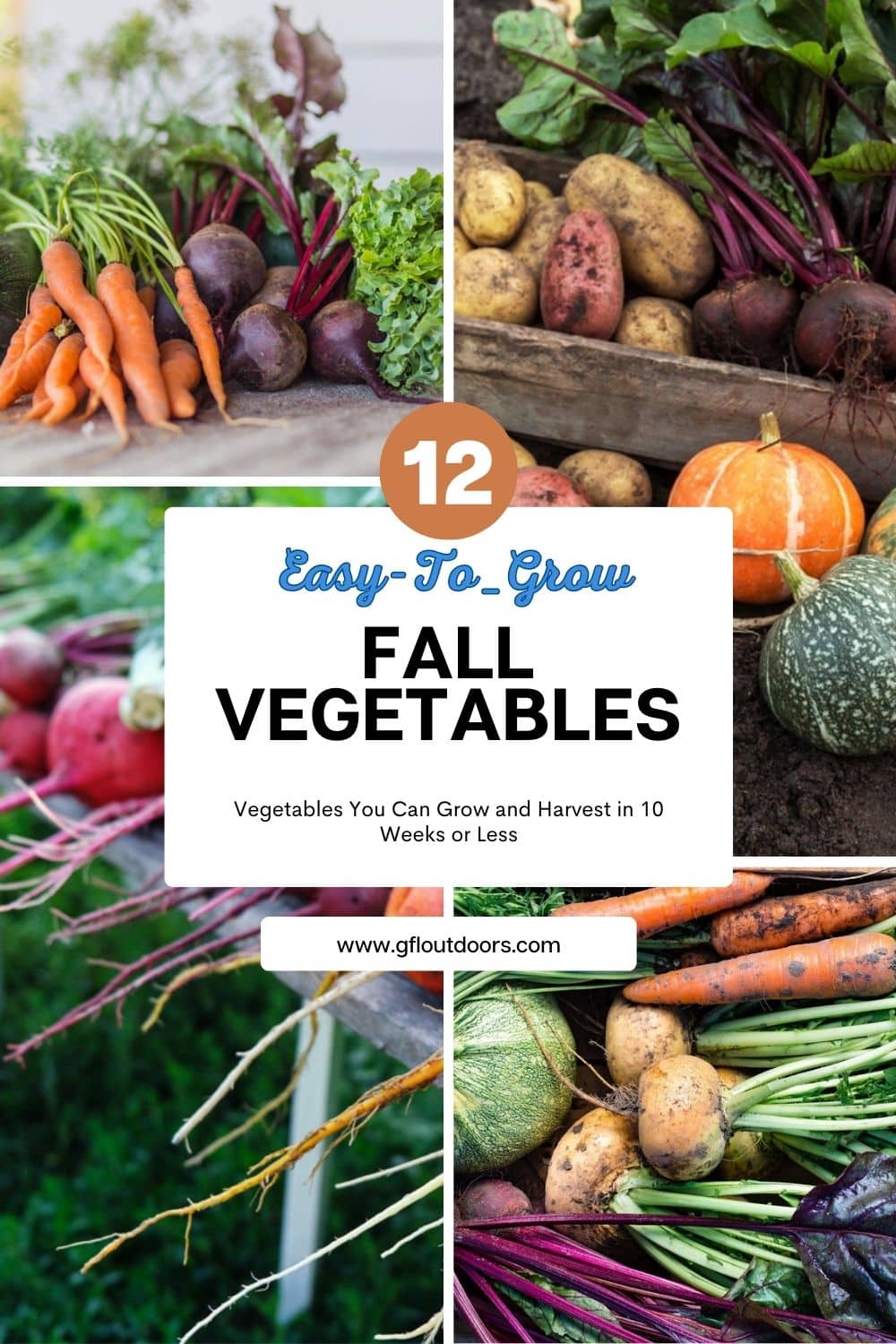
Quick Reference
| Vegetable | Climate Zone | Care Instructions | Estimated Harvest Time |
|---|---|---|---|
| Radishes | 2-10 | Plant in well-drained soil, water regularly, thin seedlings to 1 inch apart. | 3-4 weeks after planting |
| Spinach | 2-10 | Plant in partial shade, keep soil moist, mulch to retain moisture and keep roots cool. | 4-6 weeks after planting |
| Lettuce | 4-9 | Plant in well-drained soil, water regularly, thin seedlings to 6 inches apart, provide partial shade. | 6-8 weeks after planting |
| Turnips | 3-9 | Plant in well-drained soil, water consistently, thin seedlings to 4 inches apart. | 6-10 weeks after planting |
| Kale | 3-9 | Plant in full sun to partial shade, water regularly, mulch to keep soil cool and moist. | 6-8 weeks after planting |
| Beets | 2-10 | Plant in well-drained soil, water regularly, thin seedlings to 3 inches apart, mulch to retain moisture. | 7-8 weeks after planting |
| Green Beans | 3-10 | Plant in full sun, water regularly, provide support for climbing varieties. | 6-8 weeks after planting |
| Carrots | 3-10 | Plant in loose, sandy soil, water consistently, thin seedlings to 2 inches apart. | 8-10 weeks after planting |
| Arugula | 3-10 | Plant in well-drained soil, water regularly, thin seedlings to 6 inches apart, provide partial shade. | 4-6 weeks after planting |
| Swiss Chard | 3-10 | Plant in full sun to partial shade, water regularly, mulch to retain moisture and keep soil cool. | 8-10 weeks after planting |
Before You Start: Get Your Garden Ready for Cool Weather Crops
To have a successful fall garden, it’s crucial to choose the right location, prepare the soil properly, and plant at the optimal times.
Choosing the Right Location
Choosing the right spot is key. Look for a site that gets plenty of sunlight, ideally around 6-8 hours a day. Cool weather crops like kale and broccoli perform best with ample light.
- Ensure the site is protected from strong winds.
- If you have a choice, south-facing gardens usually get the most winter sun.
- Avoid low spots where cold air and frost can settle.
Proper drainage is also important. You don’t want your plants sitting in waterlogged soil, which can lead to root rot and other issues. So aim for a slightly elevated bed if possible.
Soil Preparation Tips
Preparing the soil can make or break your fall garden. Start by removing any leftover summer crops and weeds. These can harbor diseases and pests that will affect your new plants.
- Test your soil: It’s a good idea to test your soil’s pH. Most cool weather crops prefer slightly acidic to neutral soil (pH 6.0-7.0).
- Add organic matter: Mix in compost or well-rotted manure to improve soil structure and fertility.
- Loosen the soil: Use a garden fork or tiller to loosen the top 6-8 inches of soil. This helps roots to grow more easily.
Aim for a soil that’s both nutrient-rich and well-draining. You can also add a balanced fertilizer to give your plants a good start.
Ideal Planting Dates
Timing is everything when it comes to planting cool weather crops. You’ll want to start seeds indoors or directly sow them depending on the crop and your climate.
- For example, start broccoli and cauliflower seeds indoors about 6-8 weeks before transplanting them into the garden.
- Direct sow crops like carrots, beets, and radishes about 60 days before your first expected frost date.
Keep an eye on your local climate and adjust planting dates accordingly. The goal is to have your vegetables mature before the first hard frost hits. Check PreparednessMama for more details on specific planting dates for various cool weather crops.
By following these steps, you’ll be well on your way to harvesting a bountiful fall garden.
Top 5 Leafy Greens to Plant This Fall
Get ready to enjoy a vibrant fall garden filled with nutrient-rich, cool-weather leafy greens. Here are the top five leafy greens you should consider planting this fall, each bringing its own set of benefits and unique flavors.
Kale
Kale thrives in cooler temperatures, making it a perfect choice for your fall garden. You want to plant kale seeds about 6-8 weeks before the first expected frost.
Varieties like ‘Curly Kale’ and ‘Lacinato Kale’ (also known as dinosaur kale) are hardy and flavorful. They not only tolerate frost but become sweeter after a light frost. When planting, space the seeds about 12-18 inches apart to give each plant room to grow.
Kale is incredibly versatile in the kitchen. You can use it in salads, soups, smoothies, or even bake them into chips. Regular harvesting encourages new growth, so pick the outer leaves as needed, allowing the inner leaves to mature further.
Spinach
Spinach is another cool-weather champion. Plant spinach seeds as soon as the summer heat starts to fade. Aim for about 4-6 weeks before the first frost.
Spinach varieties such as ‘Bloomsdale’ and ‘Tyee’ are fast-growing and can produce multiple harvests throughout the fall season. This green grows well in well-drained soil rich in organic matter. Sow seeds 1/2 inch deep and about 3 inches apart.
Spinach is packed with vitamins and minerals, making it a nutritious addition to your meals. Enjoy spinach in salads, sautéed dishes, or blended into your favorite green smoothies. Like kale, regular harvesting will keep the plant producing fresh, tender leaves.
Lettuce
Lettuce loves cool weather and can handle a light frost, making it ideal for fall. There are many types of lettuce to choose from, including leaf and head lettuce varieties. ‘Butterhead’, ‘Romaine’, and ‘Looseleaf’ types like ‘Black-Seeded Simpson’ are great options for fall planting.
Plant lettuce seeds about 1/4 inch deep and 6-12 inches apart, depending on the type. It grows quickly, so you can start harvesting tender leaves early, sometimes within just a few weeks.
Lettuce is perfect for fresh salads and sandwiches. Its quick growth cycle and multiple cuttings make it a rewarding plant for your fall garden.
Swiss Chard
Swiss chard is both beautiful and hardy, thriving in the cooler months of fall. Plant seeds about 4-6 weeks before the first frost date. Varieties like ‘Bright Lights’ and ‘Fordhook Giant’ offer both color and flavor.
Sow seeds 1/2 inch deep and thin them to 12-18 inches apart when seedlings are a few inches tall. Swiss chard can tolerate light frosts and will produce well into the fall.
The broad stems and tender leaves of Swiss chard are extremely versatile. Use the stems like you would celery, and the leaves like spinach. It’s delicious in sautés, salads, soups, and even as a pizza topping.
Collard Greens
Collard greens are known for their tolerance to cold weather, doing particularly well in fall gardens. Planting should be done about 6-8 weeks before the first expected frost. Varieties such as ‘Georgia’ and ‘Morris Heading’ are popular choices.
Plant collard seeds about 1/4 inch deep and space them 18-24 inches apart. Collards benefit from a bit of frost, as it tends to sweeten the leaves.
Collard greens are rich in nutrients and are traditionally used in Southern cooking. They are excellent when braised or sautéed with garlic and onions, making for a hearty and healthy fall dish.
Plant these leafy greens in your garden this fall, and you’ll be rewarded with a bounty of fresh, healthy produce to enjoy throughout the season.
Root Vegetables: A Great Choice
Root vegetables are the hidden gems of any fall garden. They thrive in cooler weather, grow underground, and have rich, earthy flavors that can elevate your culinary creations.
Carrot s
Carrots are a favorite in many gardens, but they do require some attention to detail.
- Soil Preparation: Carrots need loose, well-drained soil. Rocky or compacted soil can result in twisted or forked roots.
- Planting Depth: Sow seeds about 1/4 inch deep.
- Thinning: Thin seedlings to 1-2 inches apart to allow enough space for proper root development.
- Watering: Keep the soil consistently moist, but not waterlogged, to prevent cracking.
By following these tips, you’ll enjoy sweet, crunchy carrots come harvest time.
Beets
Beets are another excellent choice for fall gardening. They are versatile and offer both edible roots and greens.
- Varieties: Choose from red, golden, and even striped varieties.
- Planting: Sow seeds directly in the garden, 1 inch apart and 1/2 inch deep.
- Thinning: Thin seedlings to 3-4 inches apart for larger beetroots.
- Harvesting: Beets can be harvested once they are about the size of a golf ball.
Beets can be roasted, boiled, or even pickled, making them a versatile addition to your kitchen.
Radishes
Radishes are quick-growing root vegetables perfect for impatient gardeners.
- Planting Time: These can be planted later in the fall since they mature quickly, in about 3-4 weeks.
- Spacing: Plant seeds about 1/2 inch deep and space them 1 inch apart.
- Soil: Like carrots, radishes prefer well-drained, loose soil.
- Watering: Keep them well-watered to prevent them from becoming too spicy or woody.
These peppery roots add a delightful crunch to salads and garnish dishes beautifully.
Turnips
Turnips are hardy and can withstand cooler temperatures, making them perfect for late-season gardening.
- Varieties: Choose from traditional purple-top turnips or sweeter, white Japanese varieties.
- Planting: Sow seeds 1/2 inch deep and thin them to 4-6 inches apart once they sprout.
- Harvesting: Turnip greens can be harvested at any time, while the roots are ready when they reach around 3 inches in diameter.
- Storage: Turnips store well in cool, dark places for extended periods.
Turnips add a savory element to soups, stews, and roasts with their mildly sweet and slightly peppery flavor.
By focusing on these root vegetables, you’re set to have a productive and delicious fall garden. Each brings something unique to the table, both in taste and growing experience.
The Allium Family
Planting members of the allium family in your fall garden can boost both flavor and variety. You’ll get to enjoy a range of easy-to-grow crops that not only enhance your dishes but also improve the health of your garden.
Garlic
If you’re not growing garlic yet, you’re missing out. Garlic is a powerhouse in both the kitchen and the garden.
Plant garlic cloves in the fall, ideally about 4-6 weeks before the ground freezes. The cloves need time to establish roots before winter sets in. Space them around six inches apart and about two inches deep.
Garlic grows best in well-drained soil and full sun. Mulching with straw or leaves can protect against winter cold. Harvest comes in early to mid-summer when the lower leaves turn brown. Not only does freshly harvested garlic taste better, but it also stores well for months.
Keep an eye out for pests like onion maggots. Rotating crops can prevent these pests from becoming a problem.
Onions
Onions are versatile and can be planted as sets, seedlings, or seeds. Fall planting gives onions a head start, leading to a bigger and earlier harvest.
Choose short-day or intermediate-day onion varieties for fall planting. These types develop better when daylight hours are shorter. Plant them in well-drained soil rich in organic matter, spacing them around four inches apart.
Water the onions regularly but avoid waterlogging. Mulching helps retain moisture and suppress weeds. Pay attention to signs of diseases like downy mildew, and use crop rotation to keep your onions healthy.
Harvest your onions when the tops fall over and the bulbs are firm to the touch. Let them cure in a dry, well-ventilated area before storing.
Shallots
Shallots may not be as popular as their allium cousins, but they bring a unique flavor to your dishes and are quite simple to grow.
Plant shallot bulbs in early fall. Space them about six inches apart with their tips just above the soil surface. Shallots thrive in fertile, well-drained soil and full sun.
They require regular watering but don’t let them sit in soggy soil. Mulch can help control weeds and maintain soil moisture.
Shallots grow as clusters of bulbs similar to garlic. Harvest them in late spring or early summer when the tops die back. Cure them for a couple of weeks before storing.
Include shallots in your garden for a rich, nuanced addition to your culinary endeavors.
Caring for Your Cool Season Crops
Cool season crops require specific care to thrive, from meticulous watering to pest management. Let’s dive into these essential gardening tips to keep your fall garden flourishing.
Watering
Maintaining consistent soil moisture is crucial for cool weather crops. Unlike summer plants, these vegetables don’t tolerate drought well.
- Water deeply: Aim for watering once or twice a week, depending on rainfall.
- Morning routine: Water early in the day to allow foliage to dry, reducing the risk of fungal diseases.
- Even moisture: Utilize drip irrigation or soaker hoses for consistent soil moisture without wetting the leaves.
Remember, overwatering can be detrimental. Ensure soil is well-draining to prevent root rot. Using compost can improve soil texture and moisture-retention capability.
Mulch
Mulching is a game-changer for cool weather crops. It helps regulate soil temperature, retain moisture, and reduce weed pressure.
- Organic options: Use straw, leaves, or grass clippings to keep soil temperatures consistent.
- Weed barrier: A 2-3 inch layer of mulch blocks light, preventing weeds from germinating.
- Moisture retention: Mulch locks in moisture, meaning less frequent watering and fewer fluctuations.
Make sure to keep mulch a couple of inches away from plant stems to prevent rot and pests.
Pests and Diseases
Just because it’s cool, doesn’t mean pests and diseases take a break. Here’s how you can stay ahead of the game:
- Row covers: These are effective at keeping flying insects like aphids and cabbage moths at bay.
- Regular inspections: Check your plants frequently for signs of disease and pests.
- Organic solutions: Use natural remedies like neem oil or insecticidal soap for treatment.
Crop rotation and maintaining garden hygiene are pivotal in preventing disease build-up and recurring pest issues. Remove any infected plants immediately to ensure the health of your garden.
Harvesting and Storing Your Fall Harvest
Gardening includes knowing when to pick your crops and how to store them properly to keep them fresh. Let’s dive into the specifics.
Timely Picks
Harvesting your cool weather crops at the right time is key. Each vegetable has a window for peak ripeness:
- Broccoli: Harvest when the heads are firm and compact before the yellow flowers start to bloom.
- Carrots: Pick when they are about 1/2 to 3/4 inch in diameter for the best flavor.
- Mustard Greens: Harvest young leaves for a mild flavor or wait until they are larger for a spicier taste.
Use a clean, sharp knife or shears for cutting to avoid damaging the plants. Early morning is the best time for harvesting since the vegetables will be crisp and hydrated after the cool night temperatures. Make sure to handle the crops gently to avoid bruising.
Storing for Freshness
Proper storage starts with cleaning and preparing your vegetables. For example, root vegetables like carrots and potatoes should be gently brushed to remove loose soil, but not washed until you’re ready to use them to prevent moisture buildup.
Use storage methods that match the vegetable’s needs:
- Root vegetables: Store in a cool, dark place like a root cellar or in the refrigerator crisper drawer.
- Leafy greens: Wrap in a damp paper towel and store in a perforated plastic bag in the fridge.
- Broccoli: Best kept in a plastic bag in the refrigerator, but consume within a week for best quality.
Some vegetables, such as carrots and potatoes, can be left in the ground for winter storage if the soil isn’t too wet or frozen. This natural storage can preserve freshness and flavor until you’re ready to use them.
By paying close attention to harvesting times and storage methods, you’ll enjoy your garden’s bounty well into the cooler months.
Frequently Asked Questions
Fall gardening brings with it a unique set of questions, from timing and crop selection to optimizing shady spots and newbie-friendly tips.
What are the top crops to sow for a bountiful fall garden?
You have a variety of options to choose from for a plentiful fall harvest:
- Mustard greens add a spicy kick.
- Broccoli is hearty and nutritious.
- Bok choy grows fast and is versatile.
- Peas thrive in cooler temps and taste great fresh.
How do I determine the perfect planting time for fall vegetables in my zone?
Calculate your last expected frost date. Start seeds indoors 14 weeks before this date and transplant 10 weeks beforehand. Use tools like floating row covers if needed for extra protection.
Which vegetables thrive in the cooler fall weather and can even withstand frost?
Several crops are frost-hardy:
- Kale
- Brussels sprouts
- Carrots
- Spinach
These vegetables can handle light frosts and taste sweeter as the temperatures drop.
Can you suggest a fall planting guide for a novice gardener wanting to maximize harvest?
As a beginner, focus on easy-to-grow veggies:
- Leafy greens like lettuce and arugula.
- Root veggies such as radishes and turnips.
- Use compost and mulch to enhance soil quality.
- Protect young plants with frost cloths.
What veggies should I plant in the shady parts of my garden during the fall season?
Shady areas can still be productive:
- Spinach
- Swiss chard
- Lettuce
- Kale
These greens do well with partial sun and cooler temperatures.
What are the essential tips for planning and starting a garden as the summer ends?
Key tips include:
- Conduct soil tests and amend as needed.
- Choose cool-weather crops suited for fall.
- Practice succession planting to extend the harvest.
- Use mulch to retain moisture and control weeds.
These steps help set you up for a productive and enjoyable fall gardening season.
Last update on 2025-04-02 / Affiliate links / Images from Amazon Product Advertising API



